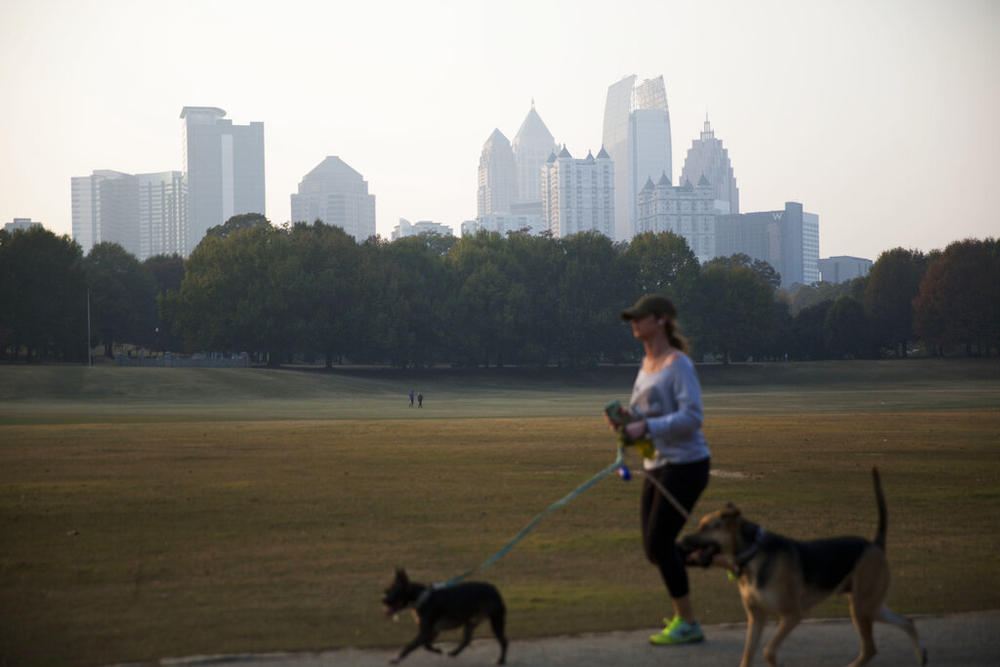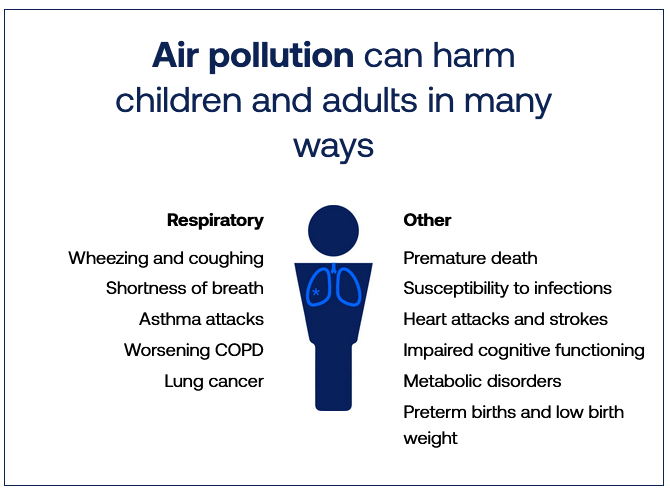
Caption
In this Nov. 14, 2016, file photo, a haze hovers over the Atlanta midtown skyline from a wildfire burning in the Northwest part of the state. Now, in 2024, Atlanta's Fulton County is again among those with air quality below new federal standards.
Credit: (AP Photo/David Goldman, File)


